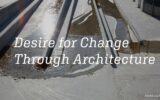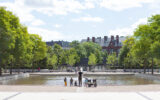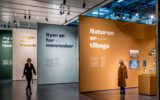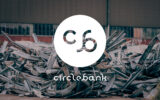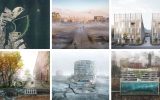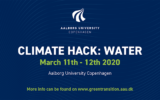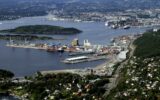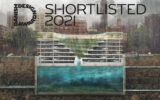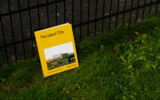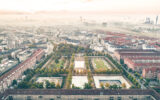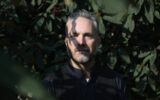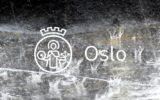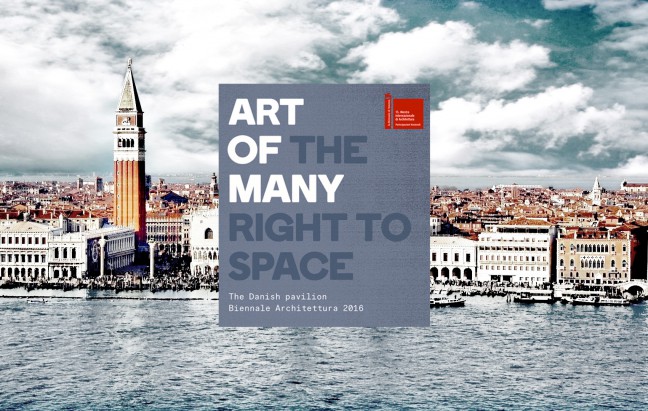
TREDJE NATUR will be represented at the 2016 architectural biennial in Venice, titled – ‘Art of Many and The Right to Space’. Tredje Natur has contributed to the exhibit with four projects and an interview with the curators. This also marks the fourth birthday of the firm with bravado and gives an opportunity for pause and reflected of the first four years.
The exhibit focuses on the fact that designing quality architecture is an art form in and of itself. It is an collection of 70 architectural firms and 130 projects that together show a wide variety of social engagement and the humanity that makes Danish architecture something special.
“There is a very deep engagement in social issues in Danish architecture at the present time, and we have been surprised by how committed when looking into it. There are exciting experiments in many different aspects of the architectural world, and not just from the large architectural firms who are good at communicating their mission to the world. The movement is not just a ‘one man army’ but many different participants who challenge themselves and their surroundings to not just solve but also push the boundaries of the challenge. We have therefore chosen to call the exhibit ‘Art of Many’,” says curator Kristoffer Lindhart Weiss and Boris Brorman Jensen.
The exhibit centers on the fact that Danish architecture is seen as high quality design. Danish architecture is not about prestige projects for an elite few, and standardised and mass produced solutions for the rest of the population. Danish architects work towards creating urban spaces, hospitals, public housing, educational institutions, kindergartens and workplaces which benefits the general population and creates new spatial interpretations of danish democracy and society. Danish architecture also insists on creating social spaces as well as solve problems such as the ghettoization of public housing and climate adaptation.
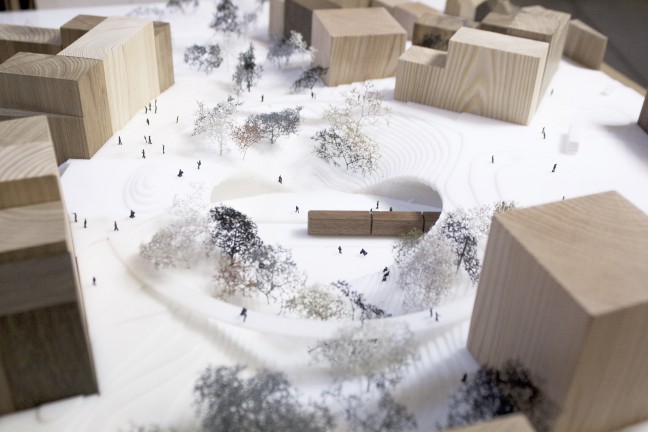 Vinge Station and Center. With nature at its core
Vinge Station and Center. With nature at its core
NATURE FIRST!
”We have started to question the fact that the great amounts of resources that are necessary to make city’s functional, also creates cities that are worth living in- and not just in regards to sustainability. It is time we stop with a ‘money first’ paradigm for urban development and instead begin with a ‘Nature first’ perspective. There is an alternative to the future-less development, that threatens the earth with a systemic collapse!”, according to Tredje Natur’s founding partners Ole Schrøder and Flemming Rafn Thomsen.
Besides the fours project displayed at the biennale, we have also been invited to a conversation with the curators that will be a part of the exhibit publication. Based on functionalism and Jan Gehl’s ‘People First’ mantra, Ole Schrøder og Flemming Rafn Thomsen will pragmatically discuss the post-humanistic approach, which seeks to address the larger societal issues at stake in architecture. The interview covers a wide variety of issues such as how architecture can involve the users to solve resource and social challenges. Nature First! indicates an empathetic and transparent architectural approach, that reconnects previously segregated phenomena and values, such as buildings and biology, and allow users to make more informed decisions about their everyday lives.
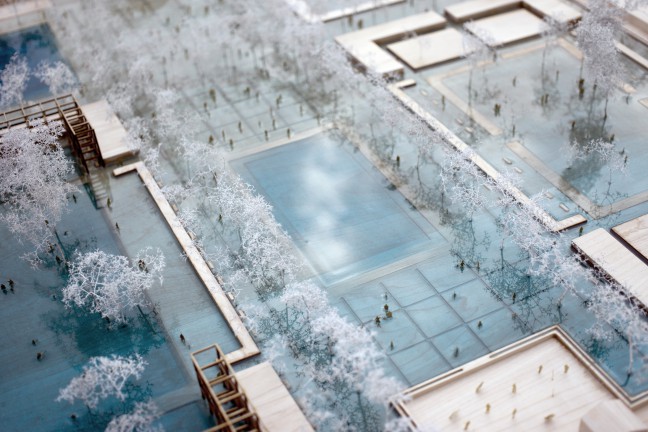 Enghaveparken – The climate park with 24.000 m³ cloudburst water.
Enghaveparken – The climate park with 24.000 m³ cloudburst water.
CLAIMING SPACE | EXIT UTOPIA
TREDJE NATUR’s four projects seek to create transparency in the projects. This means making the systems, which runs our city, visible and understandable, so that residents can make informed and sustainable decisions in their daily lives, in the face of the greatest global challenges of our time, caused by the anthropogenic factors which define the current geological epoch.
The curators have developed the exhibit with five overarching agendas, where all of the selected projects relate the these five agendas. Tredje Natur will contribute with Vinge Station and Center, in the category called ‘Claiming Space’. Generous amounts of public space are not extravagances. Creating space for public life, means putting people first and following the dream of an open society.
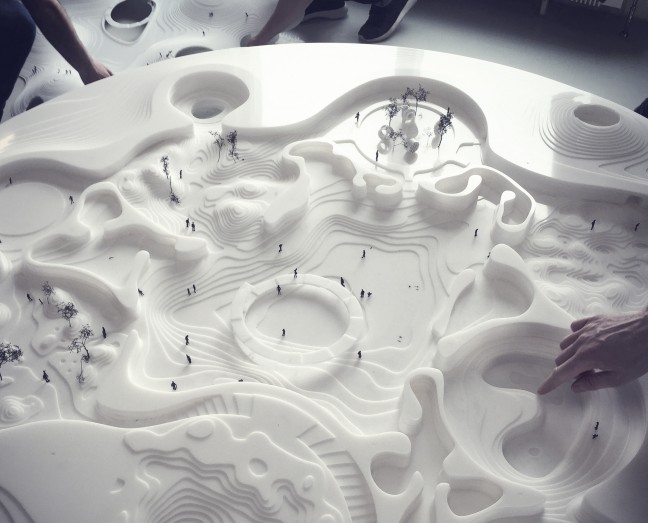 House of Water. The future blue common of learning.
House of Water. The future blue common of learning.
In the category called, ‘Exit Utopia’, Tredje Natur will contribute with three projects- the Climate Neighborhood, Enghave Park, and the House of Water. Modernism’s goal was full control over society and nature, and it was wrong. Our future is formed by new alliances between people, buildings, and nature.
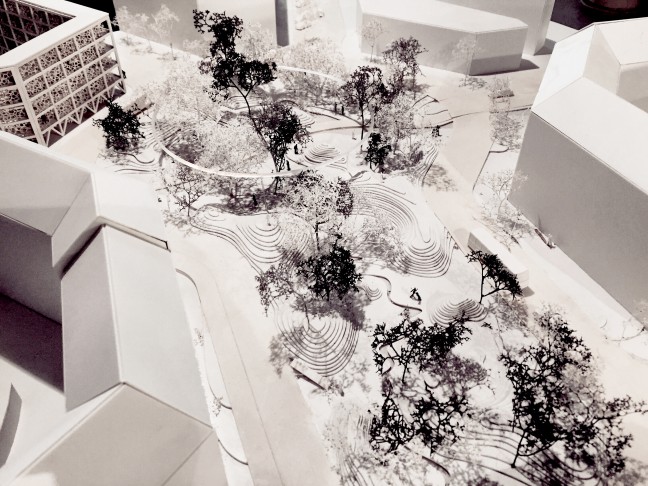
Klimakvarteret. The world’s first climate district.
THE EXHIBIT
The pavilllion’s expansive space is designed as a collection of curiosities and rarities, with over 130 projects represented through architectural models. The models take up the whole space, from floor to ceiling. They hang on the walls and are densely packed in a scaffolding system. There is great variety among the models, especially in materiality which will create an overwhelming and inspiring experience of diversity in Danish architecture.
The other room in the pavilion is called The Right to Space. The public will meet a video installation with professor Jan Gehl, talking about several socially oriented subjects relating to the overall theme of the exhibit. Gehl’s work in the past 50 years has criticized and tells of the need for the consideration humans in the world of architecture. These themes form the foundation for this exhibit.
The final element in the pavilion is the ‘Study’. Here one can see longer video interviews with relevant experts in and outside the architectural realm. The public will also have the chance to read the exhibition publication more in depth. 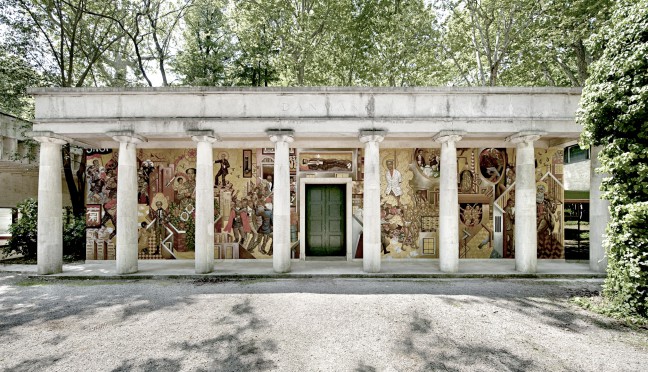 FACTS
FACTS
- The biennial is the world’s largest event involving architecture.
- Open from May 28- November 27 2016 in Venice, Italy
- In 2014, the Danish pavilion was visited by over 120.000 guests
- Read more about the exhibition here (In Danish)
- Read more about La Biennale di Venezia here

